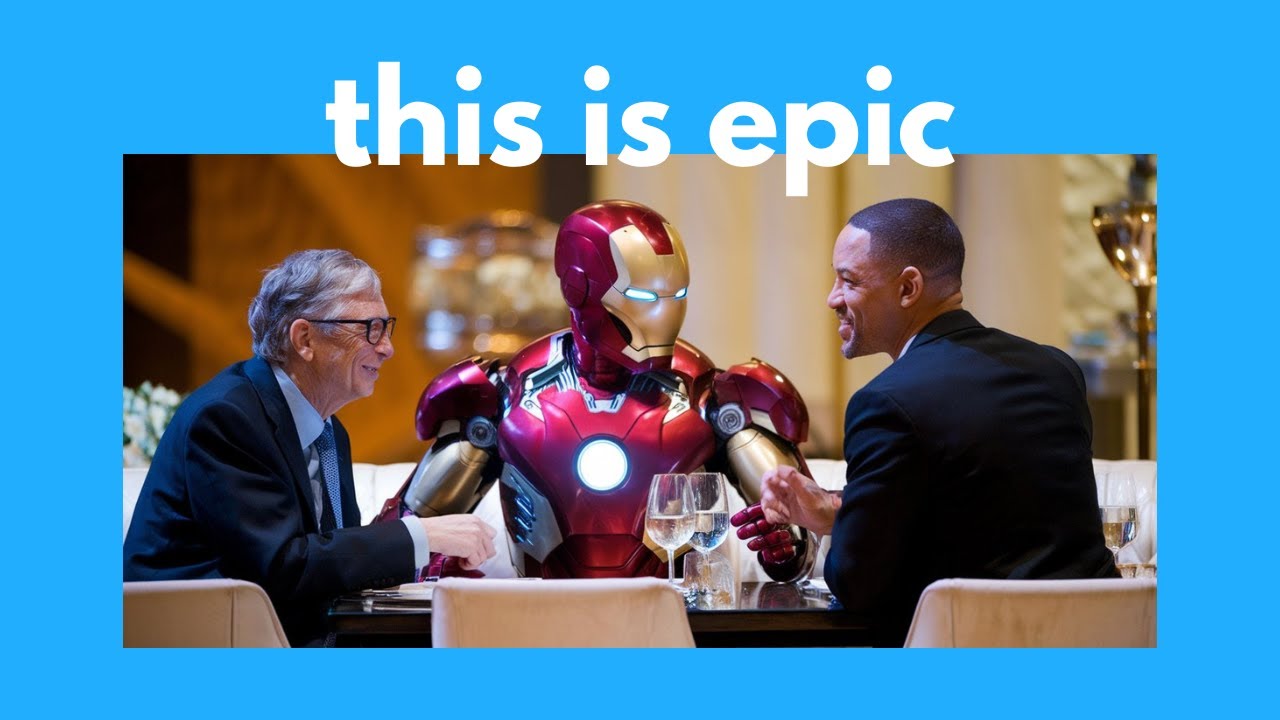The video introduces Omnigen, a new AI image generator developed by the Beijing Academy of AI, which streamlines the image creation process by integrating multiple functionalities into a single platform, allowing users to generate and manipulate images with minimal input. While showcasing its advanced capabilities, the presenter also notes some limitations and ethical concerns associated with the technology, promising future updates as the model evolves.
The video discusses the limitations of current AI image generation tools and introduces a new AI model called Omnigen, developed by the Beijing Academy of AI. The presenter highlights the tedious processes involved in using existing models, such as training separate models for specific tasks like inserting characters, specifying poses, or manipulating images. These tasks often require multiple external tools, making the workflow cumbersome and time-consuming. In contrast, Omnigen aims to streamline these processes by integrating various functionalities into a single platform.
Omnigen can perform standard tasks like text-to-image generation while also handling complex prompts with detailed context. The presenter showcases examples where the AI generates images based on intricate descriptions, demonstrating its ability to understand and execute detailed requests. Unlike other models, Omnigen allows users to manipulate images simply by uploading them and providing prompts, eliminating the need for extensive training or labeling of images. This capability significantly reduces the effort required to create specific images or scenes.
One of the standout features of Omnigen is its ability to analyze and manipulate images through conversational prompts. Users can ask the AI to identify objects, remove elements, or highlight specific areas within an image, all through natural language instructions. The model can also generate images with multiple characters or objects by simply uploading reference photos, making it much more user-friendly compared to existing models that require extensive training and setup. The video presents several impressive examples of how Omnigen can create realistic images based on minimal input.
The architecture of Omnigen is described as simpler and more unified than traditional diffusion models, allowing it to handle both image generation and computer vision tasks within a single framework. This unified approach enables Omnigen to learn and adapt to new tasks without needing extensive training on specific datasets. The presenter emphasizes that Omnigen can perform complex tasks, such as generating depth maps or pose skeletons, without having been explicitly trained on those tasks, showcasing its emergent capabilities.
Despite its impressive features, Omnigen does have limitations, such as reliance on detailed prompts and occasional difficulties in generating realistic hands and fingers. The presenter acknowledges that while the tool is powerful and could potentially disrupt traditional graphic design and photography industries, it also raises ethical concerns regarding misuse. The video concludes with the promise of future updates and a follow-up once the code for Omnigen is released, inviting viewers to share their thoughts on the potential impact of this new AI model on the field of image generation.
